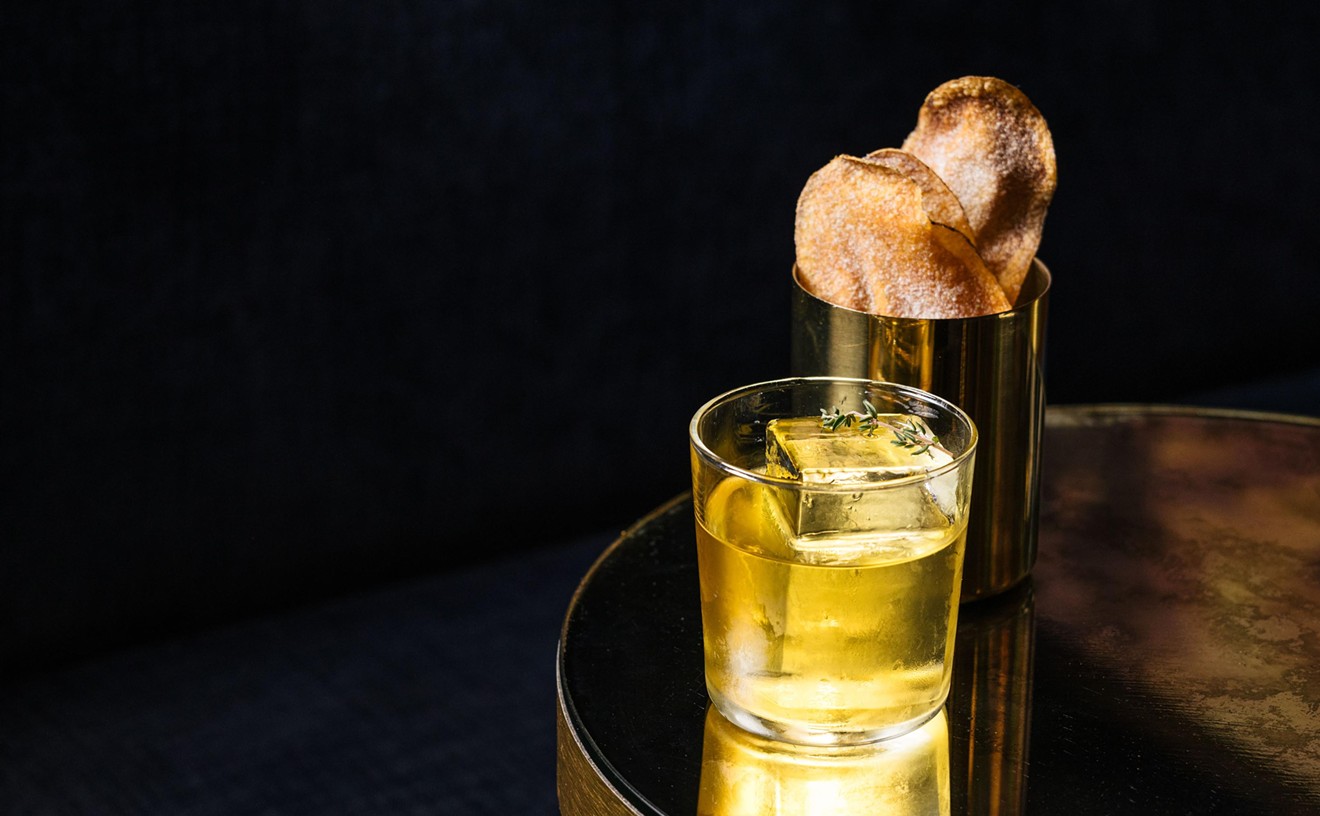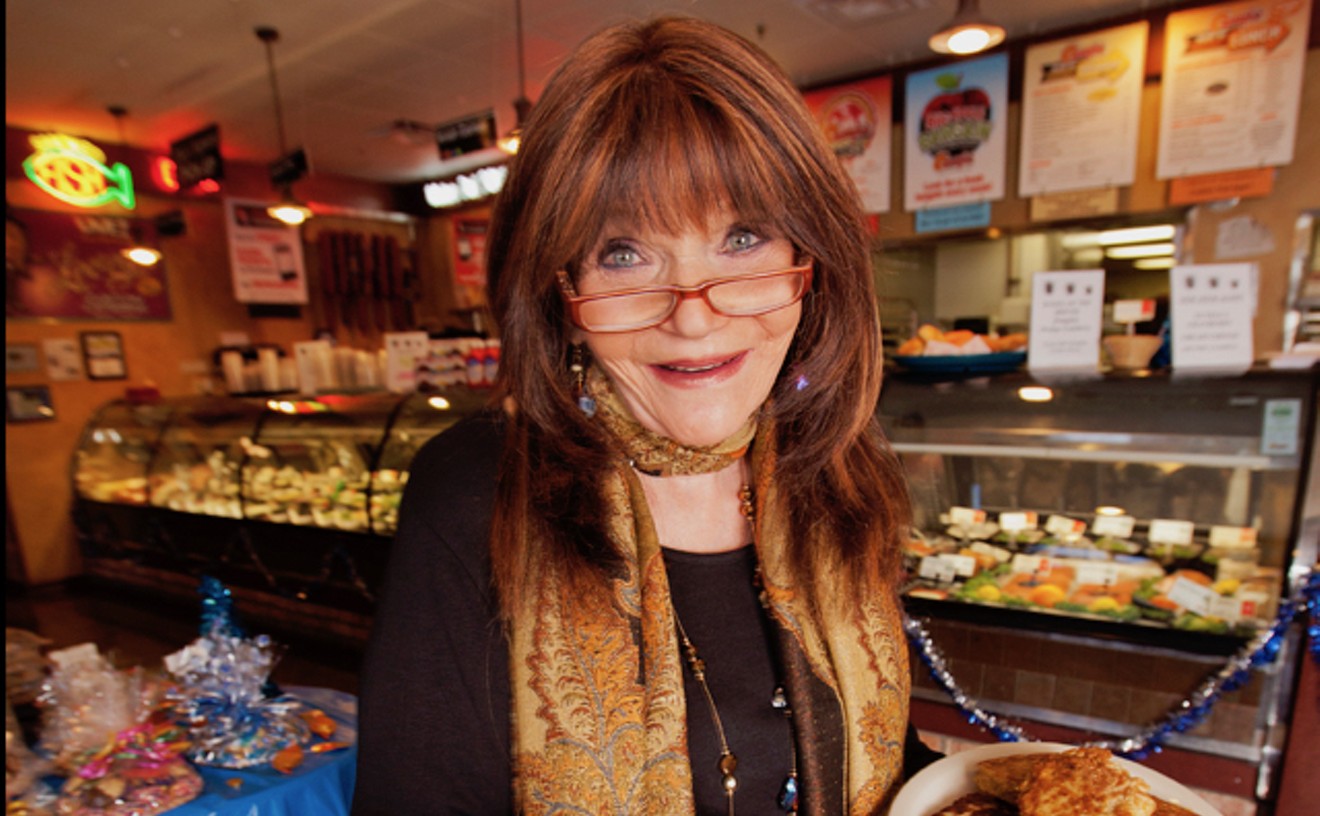Honey adds a certain richness and delight to a garden's bounty. It pretty much never spoils, and lucky for us -- it's in abundance from local sellers in the Valley. Zack Funke, of The Health Foodie has been beekeeping for a little more than two years and studying bees for four years. He started selling varietal honey five years ago in California and now sells online at thehealthfoodie.com and at the Old Town Scottsdale Farmers Market on Saturdays. You can also find the honey (when they have a large crop) at Gilbert Farmers Market and ASU Farmers Market.
In talking with Funke, we found out five things you may not have known about the honey making process and bees.
See also: 5 Metro Phoenix Growers and Farmers to Follow on Instagram
Bees make the honey and the beekeeper has very little to do with the process.
Once the bees gather the nectar from the flower and fill their honey sac, they convert the nectar's sucrose to glucose and fructose via an enzyme called invertase. "At this point the nectar is 80% water and the bees fan their wings over the surface of this nectar in the honeycomb cell to bring the moisture below 18% to ensure it does not ferment," says Funke.
Sometimes, bees need to be fed.
There are roughly two circumstance when bee keepers feed a hive: treating the hive for illness or if the hive is starving and near death. "I fed the bees a 1:2 ratio of organic sugar to chamomile tea when I started building my first hives," says Funke. But now's he's found there's rarely a need to feed. Oddly enough, you can feed bees their own honey!
Yes, there really are more than five types of honey made here in the Valley.
Of course there's orange blossom honey, which comes from orange blossoms in bloom in February and March. The end of April brings mesquite honey, which is often white and creamy and in the summer you'll find Saguaro and cactus blossom honey. There's also wildflower and even creosote honey.
"Grapefruit honey, which could be produced in our ecosystem, possesses thixotropic properties, meaning it is solid under static conditions and will flow when shaken. I have yet to find a pure grapefruit honey," says Funke. (Quick, everyone look on the internet for it.) "A farmer, with a strategic planting cycle and diverse fruit orchard, can ensure bees have forage year round. Maya's Farm plants bee friendly wildflowers, sunflowers, squash and peppers that provide the bees a nectar and pollen buffet." says Funke. The Health Foodie also sells "Apitherapy" honey, collected from residences where a group of Romanian beekeepers encourage the bees to sting them in areas riddled with arthritis to alleviate symptoms and bring pain relief. The resulting honey has fruity aromas and a higher moisture content, perhaps indicating some pomegranate and citrus nectar.
Hive type matters!
Funke keeps his the bees in 10 frame Langstroth hives. Those are the square boxes you may have seen driving past cotton fields. Funke says, "This hive design of keeping bees in a box with bars or movable frames for the bees to draw out their beeswax in was perfected by Rev. Langstroth in 1852 when he discovered to maintain spacing of 3/8 of inch around the edges of the frames so the bees didn't gum up the gaps with brace comb which would ooze out honey when the beekeeper examines the individual frames." There are also "Top bar hives," which are sort of a "freestyle" hive, designed to allow the bees to make their own honey combs and cells according to the size and shape they desire. Many countries in Europe have hives developed for specific regions and you have even use a basket as a hive, although, no one seems to recommend that old method.
You really want to buy raw honey.
"Raw honey, harvested at the right time when the honey cells are capped over, indicating a properly cured and preserved honey, is the best because there is no reason we need to heat or cook honey," says Funke. Raw honey has beneficial healing enzymes that have been associated with the love and lore of honey throughout time. You can even wash your face with it!










